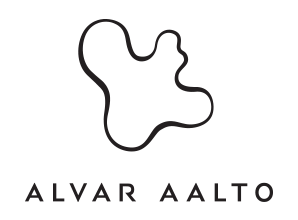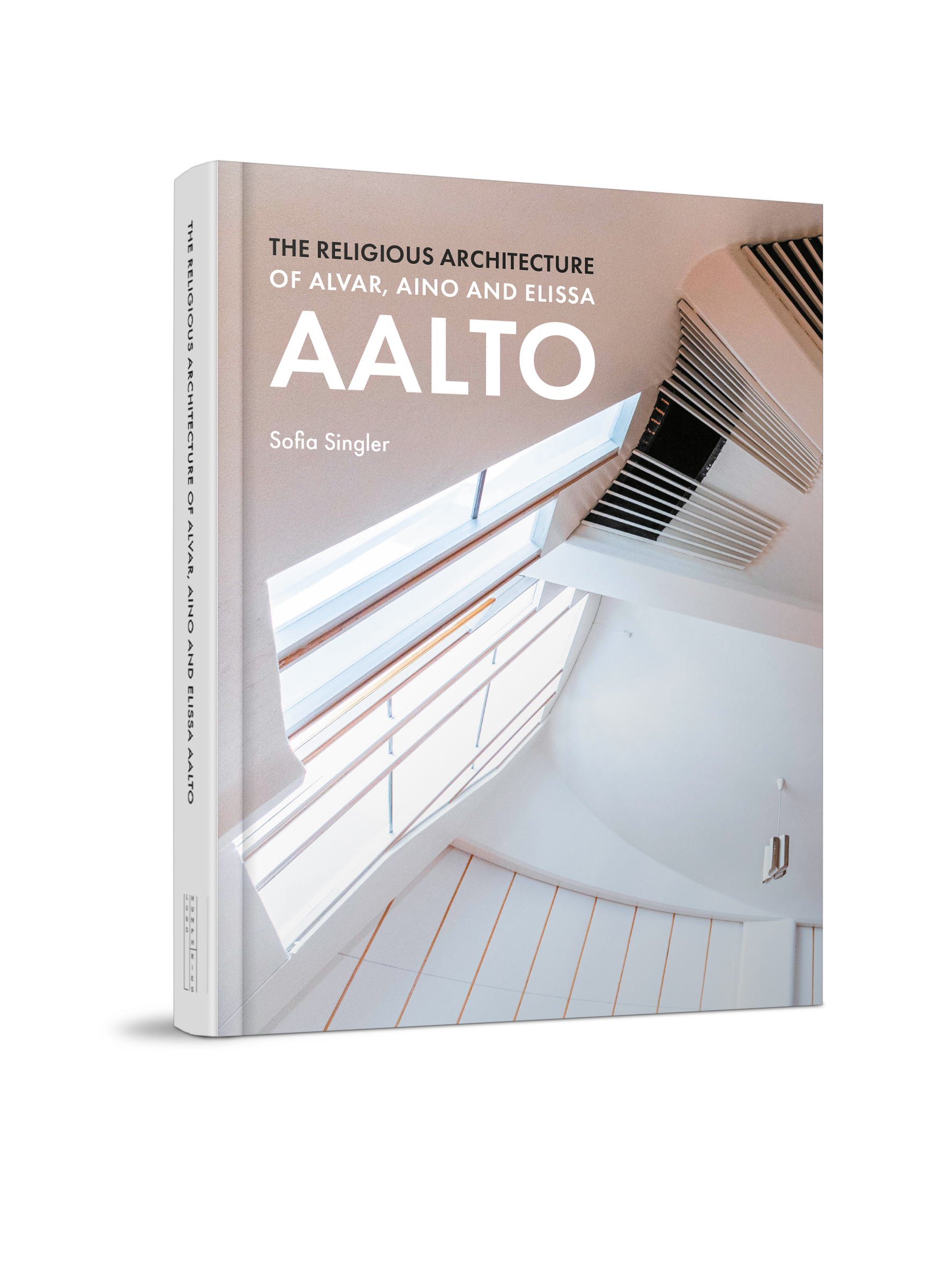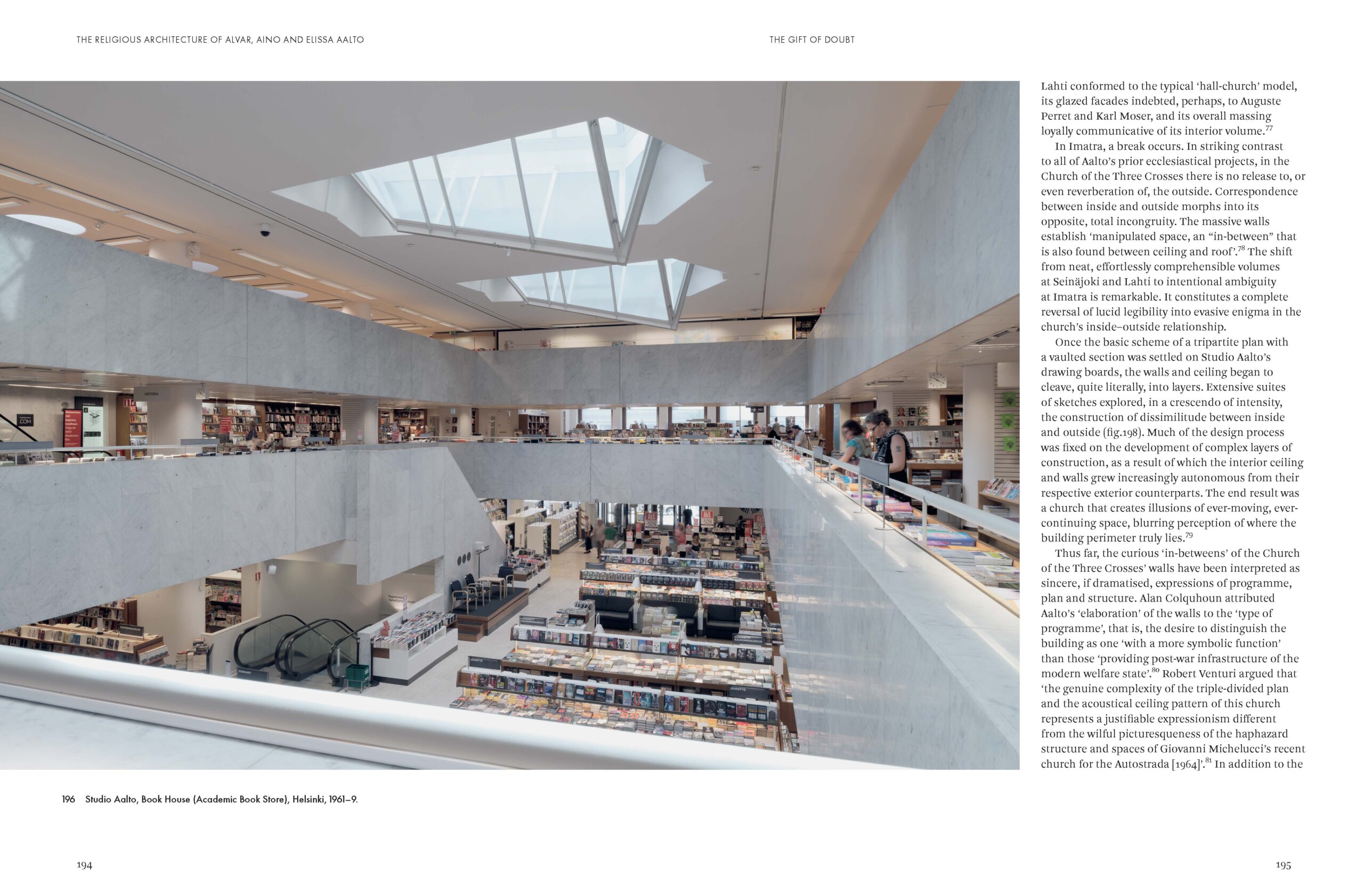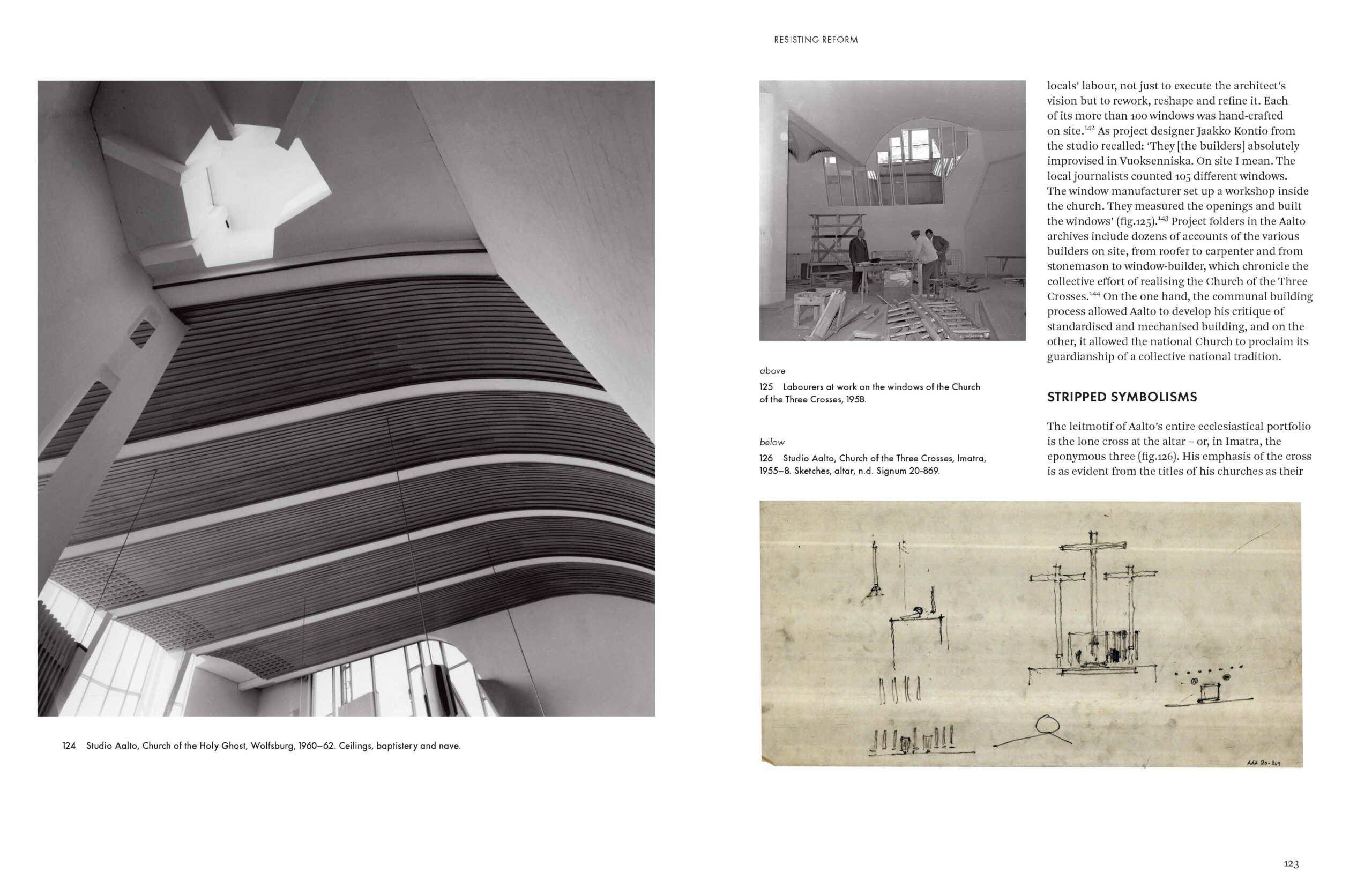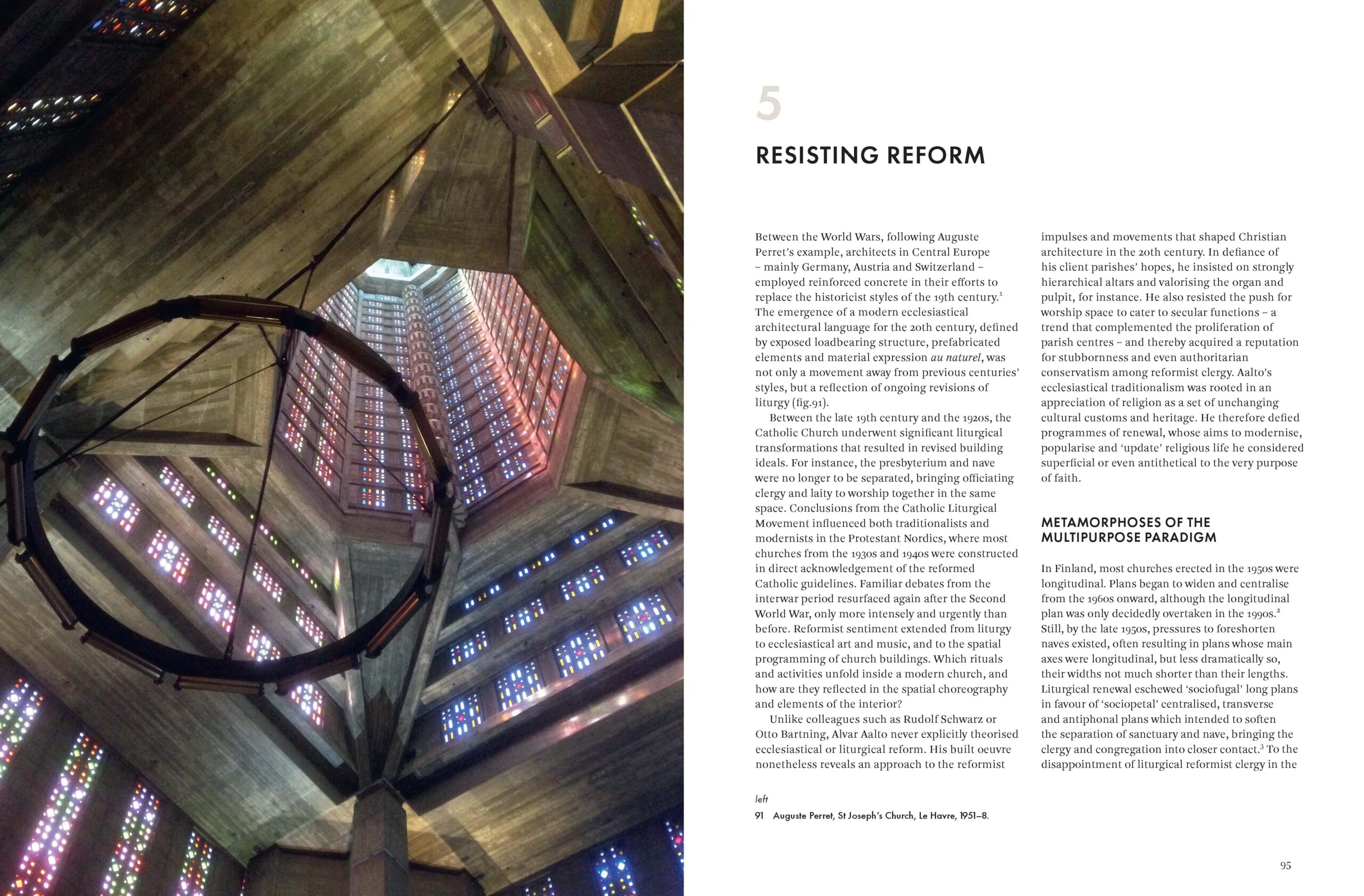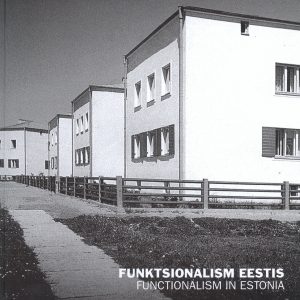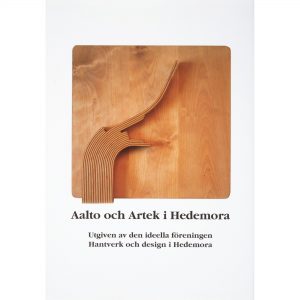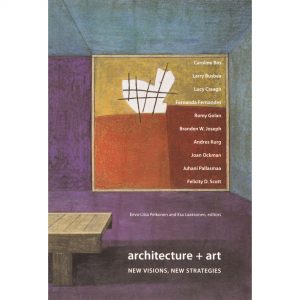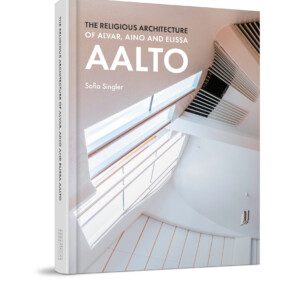Description
The first critical account of Aalto’s religious modern architecture by Sofia Singler.
• Includes previously unpublished drawings and photographs from the Aalto Foundation’s archive
• Challenges previously held assumptions about Aalto’s engagement with religion
• Provides new insights into the contexts, motivations and debates that shaped the making of Aalto’s sacred works
This book offers the first critical account of Studio Aalto’s religious modern architecture. Aalto’s ecclesiastical oeuvre is viewed as an evocative subgenre of the practice’s portfolio, but its relationship to religion has eluded enquiry. Where previously discussed, the longstanding collaboration between Aalto and the Church has been put down to reciprocal expediency, and the buildings perceived as spatially and structurally stirring experiments, yet devoid of religious meanings or implications. The idiosyncratic plasticity of the Church of the Three Crosses (1955–58) in Imatra, Finland—the most famous and architecturally impressive of Aalto’s churches—is cited as ultimate evidence of Aalto’s exploitation of the religious brief for the creation of a ‘sculptural irrationality’.
This book challenges the assumed autonomy of Studio Aalto’s ecclesiastical oeuvre from religion. Analysing designs for churches, parish centres, funerary chapels and cemeteries in Finland, Denmark, Germany and Italy, the book shows that Aalto’s engagement with religion transcended artistic opportunism. The book addresses Aalto’s sacred oeuvre in its entirety, yet pays particular attention to the Church of the Three Crosses, broadly considered the apotheosis of Aalto’s sacred career. Through a detailed analysis of the religious actors and factors that shaped the design and construction of Aalto’s sacred works—from local parish building committees to bishops, and from liturgical reform movements to post-war debates on sacred art—this book shows that religious influences were neither extrinsic nor peripheral to Aalto’s modernism, but intrinsic and intimately related to it. The study of previously uncovered primary archival materials establishes that Aalto’s engagement with the Church was a consciously and productively symbiotic partnership which drew from shared interests and values, yet which also encompassed compromise and conflict. The resultant buildings neither glorify nor deny institutional religion — instead, this book argues, they challenge rigid dogmatism in religion as much as in modern architecture.
ABOUT THE AUTHOR
Dr Sofia Singler is a Junior Research Fellow in Architecture at Homerton College, Cambridge, where she teaches and researches modern architecture. Trained as both an architect and an architectural historian, she has collaborated with the Alvar Aalto Museum in Finland for more than a decade. Previously, she held the Edward P. Bass Scholarship at the Yale School of Architecture and a Gates Trust Doctoral Scholarship at Cambridge.
150 colour illustrations and 55 B&W illustrations
ISBN 978 1 84822 622 7
October 2023
250 x 190 mm
272 pages
Hardback
AMB – Individual architects & architectural firms, AMN – Religious buildings, AMX -History of architecture ARC006020 – ARCHITECTURE / Individual Architects & Firms / Monographs, ARC016000 – ARCHITECTURE / Buildings / Religious
Contents:
Introduction. 1. Building Country and Community. 2. The City and the Sacred. 3. Making a Modern Church. 4. Resisting Reform. 5. Modernist Milieux of Religion. 6. Priestly Patronage. 7. The Gift of Doubt. 8. Conclusions
